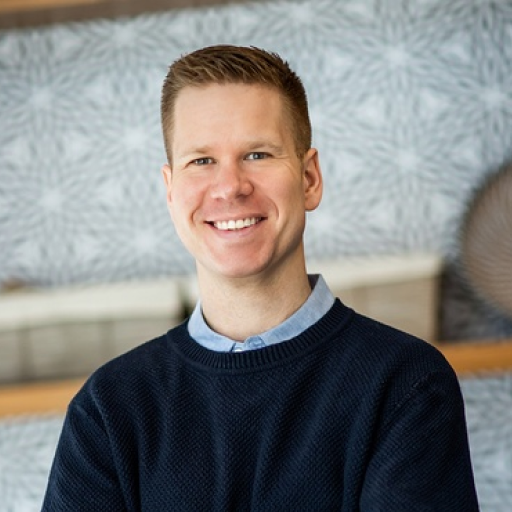Time to build something new. But what?
In last week’s post we talked about working in cycles, alternating between audience building and product work every six weeks. Now it's time to shift focus to our first product cycle.
Finding clarity in constraints
The first order of business when preparing for a product cycle is figuring out what to build—something we tend to struggle with, historically speaking.
Bringing a new product to life is hard enough on its own, but it's even harder when our time is limited by consulting hours, personal hobbies, and family time. Not to mention, we recently started working on a new client project and Truman is on paternity leave for the entire cycle.
Now, these constraints aren't necessarily new. In fact, they're actually quite common. However, that doesn't change the fact that these constraints cause us to put a lot of pressure on ourselves to come up with ideas that feel "worth" our precious time and attention. The result often leads to a lot of wasted time and decision paralysis when trying to come up with new product ideas.
But constraints aren’t all bad. In fact, they’re often an incredibly useful tool when it comes to matters of focus and prioritization. In this case, our constraints helped us reach consensus quickly and forced us to scale back our ambition—focusing on discovery and exploration rather than immediate execution.
Our constraints helped us reach consensus quickly and forced us to scale back our ambition—focusing on discovery and exploration rather than immediate execution.
What’s old is new again
If you've been following along, you might have heard us mention Marginal—a free tool we built to help teams build better relationships with their coworkers through weekly discussions.
We've learned a lot building Marginal over the past few years. The biggest realization? Despite a strong value proposition, onboarding new teams is too complicated. Getting them to adopt the product takes too much time and effort.
But when we lean into our current constraints, a different picture forms. Instead of building something new from scratch, why not leverage what we've already built? This thinking led us to a simple idea: build Marginal inside Slack.
Why Slack
First, it solves the friction problem by meeting teams where they already work. Right now, using Marginal means creating new accounts, learning a new interface, and remembering to visit another website. With Slack, a lot of these things are just a slash command away.
It solves the friction problem by meeting teams where they already work. Right now, using Marginal means creating new accounts, learning a new interface, and remembering to visit another website.
But beyond that, we're genuinely excited about the idea of building a Slack app. It’s a new platform for us to learn. It’s a chance for Marginal to evolve into something more compelling. Not to mention, Slack’s marketplace provides an established distribution channel that could make it easier for teams to discover and start using Marginal.
Six weeks isn’t that much time
It's unrealistic to think Harrison and I can build a fully featured Slack-based version of Marginal in 6 weeks. Remember that whole bit about constraints? But that doesn't mean we can't still do a bunch of valuable product work that continues moving us toward our ultimate goal of building a profitable SaaS product. Here's a rough outline of what we're hoping to accomplish over the next 6 weeks:
- Technical Discovery: We'll be exploring Slack's API capabilities to understand what's possible. This knowledge will not only inform our product decisions but likely spark some interesting technical blog posts for our next audience-building cycle.
- Shaping the Future: Taking inspiration from Basecamp's Shape Up framework, we'll craft a pitch document that outlines what we can reasonably accomplish in a future product cycle once we have our full team back together.
- Proof of Concept: If time permits, we'll build just enough of a prototype to validate our technical assumptions and test our ideas in our own Slack workspace. This could be something as simple as the ability to add discussion topics from Slack.
Intentionally small
We're intentionally keeping our goals modest for this cycle. Success doesn't mean launching a product—it means gaining clarity on what we could build and how we might build it. We're treating this as a foundation-laying cycle that will inform future work when we have our full team's attention.
Success doesn't mean launching a product—it means gaining clarity on what we could build and how we might build it. We're treating this as a foundation-laying cycle that will inform future work.
And yes, we'll be sharing what we learn along the way. While our focus is shifting away from content creation for the next six weeks, we've built up enough of a backlog to keep our weekly publishing cadence going. Expect to hear more about our technical discoveries, our product shaping process, and the challenges of building with constraints.
In the spirit of working in the open, we're excited to bring you along on this journey. Have thoughts about bringing Marginal to Slack? We'd love to hear them in the comments below.

